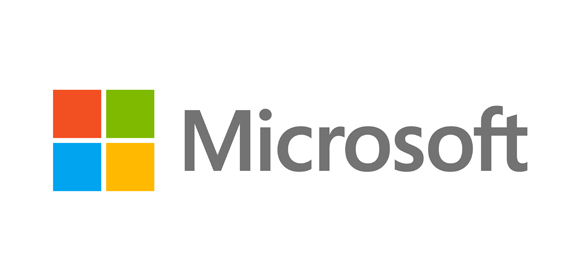I have been moving my clients’ PC’s and laptops to Windows 8, then Windows 10, as well as using them myself since Windows 8 released in September 2012 and Windows 10 released in September 2015. When you stop to think about it, Windows 10 operating system is almost four years old. Although there are many negative things written about it on the internet, my clients have not had any issues, nor have they experienced an awkward transition. I say this because some of you reading this article are still using Windows 7 PC’s and laptops.
Microsoft has slated the end-of-life for Windows 7 to be January 2020. Windows 7 was released in July 2009 and is a ten-year-old operating system. The end-of-life means that the operating system will no longer be supported or receive updates. For those of you that are still using Windows 7 and have refused to upgrade, you need to get moving. The countdown has started, and you have a year and a half to transition your PC or many PC’s within your office to Windows 10. I typically hear a few reasons why you have not changed from Windows 7 and in some cases have brand new PC’s installed with Windows 7. Most of the reasons are geared towards not wanting to go through a learning curve or that you have read bad things about Windows 10.
There is a wonderful, inexpensive product called Start 10, which makes your Windows 10 PC desktop look similar to Windows 7, and I highly recommend it. My clients have not experienced a learning curve, and they do not have negative opinions about the look and feel of Windows 10, since the transition was made easy for them.
Additionally, Microsoft will no longer support or update MS Office 2007. MS Office has Word, Excel, Outlook, and other applications you may use. This end-of-life is due, since Office 2007 is three versions behind the latest version, Office 2016. Additionally, MS Office 2010 will reach end-of-life status in October 2020. Some users held off upgrading to MS Office 2010 when Microsoft released the ribbon bar. The users did not want to learn the new look and feel of the software. Microsoft has the ribbon bar in Office 2010, Office 2013, and Office 2016. The ribbon bar is below the dropdown menus and is where you make selections to edit your document.
Microsoft also has Windows Server 2008 (including R2 edition) and Exchange 2010, both are components of Small Business Server (SBS) 2011, to be end-of-life as of January 2020. This means that bug fixes and critical security updates will no longer be issued for the server platform. SBS 2011 was a very popular platform as it included both Windows Server and Exchange on a single server. With the popularity of Office 365 Hosted Exchange, Microsoft removed the SBS offering with Server 2012. Since servers are part of your business’s critical IT infrastructure, it can take several months to plan a migration to a new server. With the 2020 deadline quickly approaching, business owners should start to plan their migration ahead of the end-of-life status.
I have had clients tell me that they believe Microsoft will extend the end-of-life date and that they will be able to keep using Windows 7 on their PC’s. Technically, the operating system will continue to work, but no security updates will be released and other hardware and software manufacturers will also not support their hardware and software running with a Windows 7 PC. I recommend that if you have any of the above-mentioned Microsoft end-of-life products that you start upgrading to supported versions. It is not good practice to wait until the last minute. Prepare for Microsoft end-of-life!
Alicia A. Slade, MS, MBA, is the President of Plummer Slade, Inc., a computer networking firm providing computer networking and IT solutions to law offices since 1988. Alicia has been a Technical Consultant for over 20 years and can be reached at 412-261-5600 x202 or slade@plummerslade.com. Plummer Slade is exclusively endorsed for IT Solutions by the Allegheny County Bar Association (ACBA).





